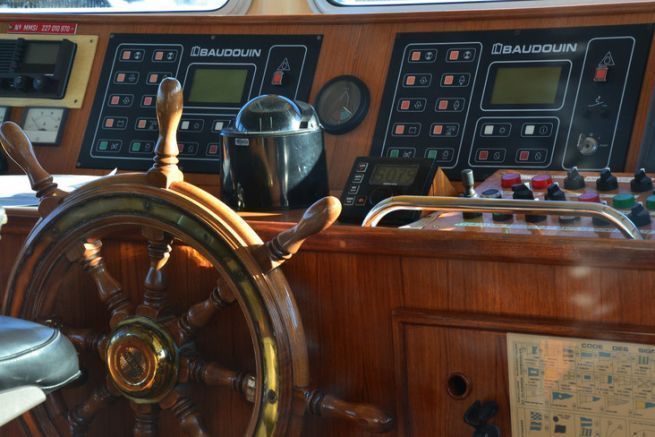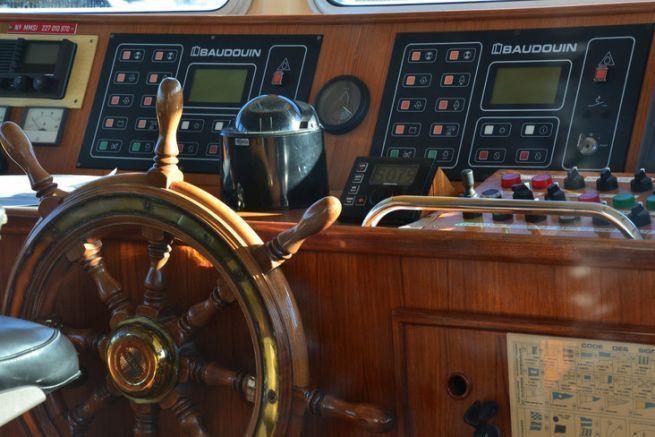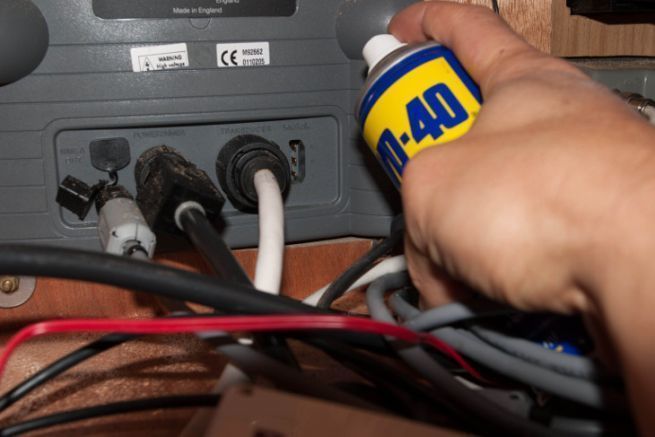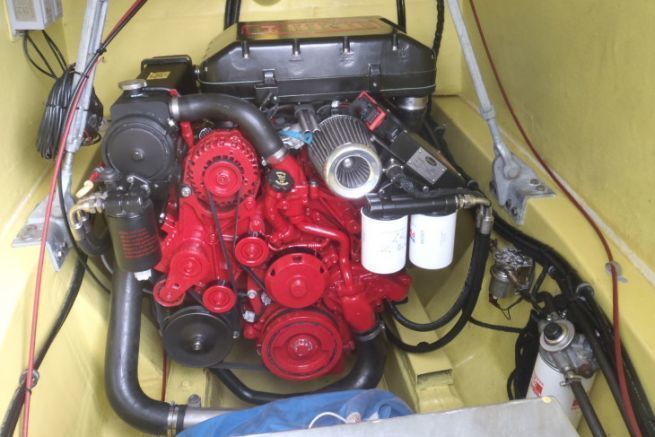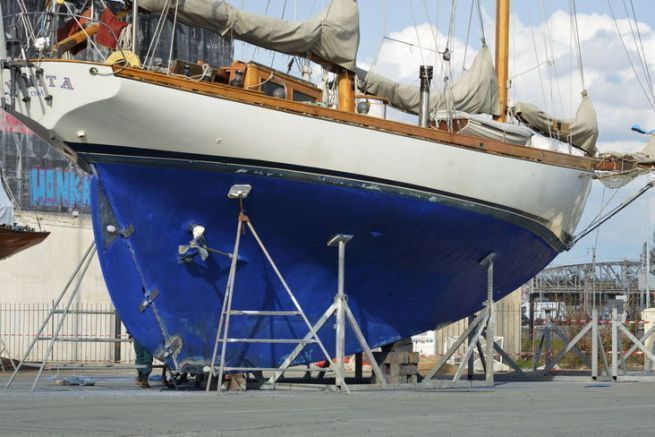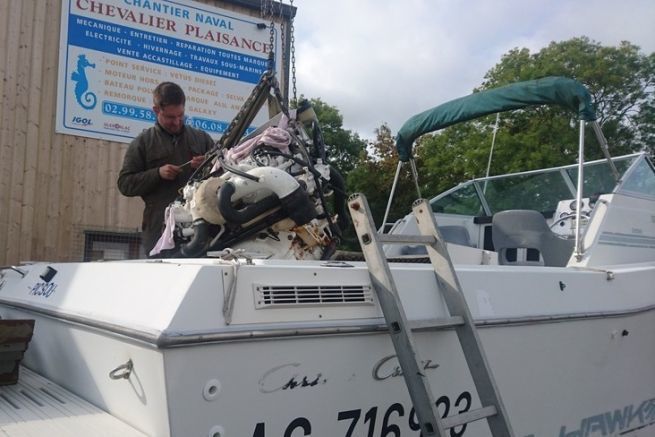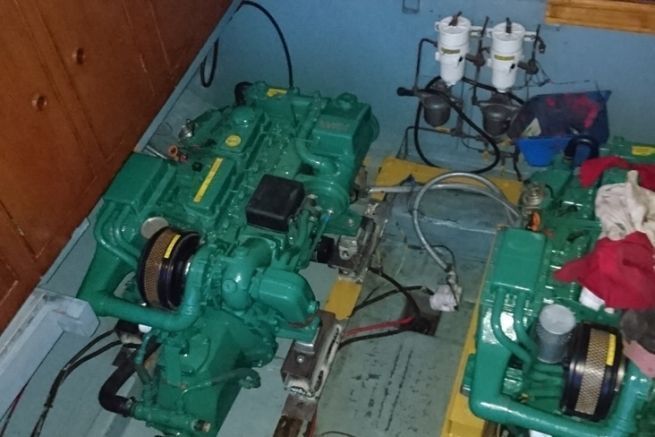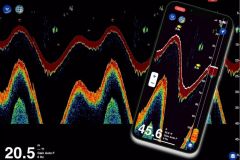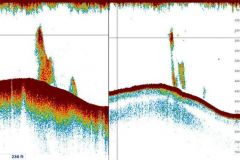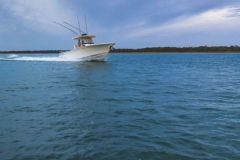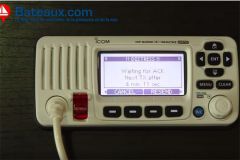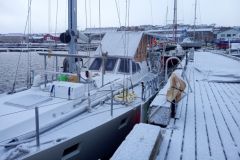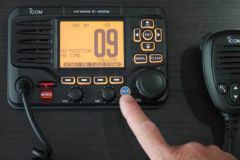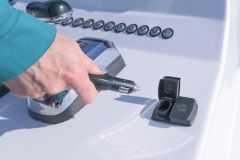Winterization is not the most pleasant time of the boating season, let's face it. The temptation can be immense to concentrate on the essentials (engine and fittings) and leave aside what seems more incidental or, at least, less delicate.
On board our boats, electronics - and its corollary electricity - have become crucial elements, just like the motorization, and even more important with the "smart switch" autonomous management systems. We went to talk to Olivier Carayon, who is product manager at VDM Reya, importer of many of the electronic equipment we use, from VHF to electric motor solutions.
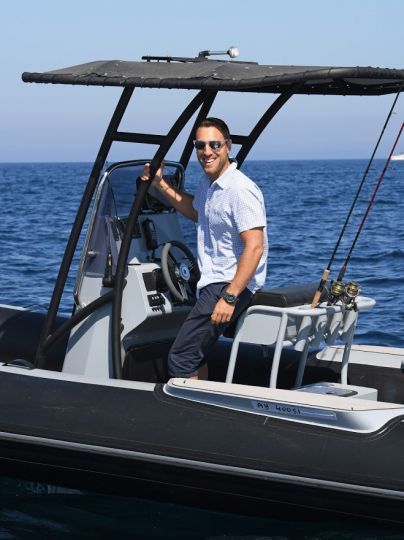
Olivier explains the necessary distinction between the two categories of equipment that populate our squares: " Although they are naturally designed for the harsh conditions of the sea, the electronic equipment on our boats deserve to be winterized in good conditions so that they remain usable for as long as possible. Most of the time, it will be routine maintenance, a wipe down. This is a good start, but it's not enough for a good winterization! "
Think about the backup of your data
" Whether fixed or mobile, our electronic devices increasingly include a memory card "Olivier explains. He continues, " This memory card usually contains information that is more valuable than the device it is in. Back up the device's configuration on this SD card according to the procedure specific to the equipment. Once this backup is complete, turn off the device and remove the memory card in question. Remember to make a note of which device it is before you put it away. A paper envelope is sufficient, write the date and the nature of the device on it and insert the card in it. Closed, it protects the memory card better than any case, dry in your desk drawer. "
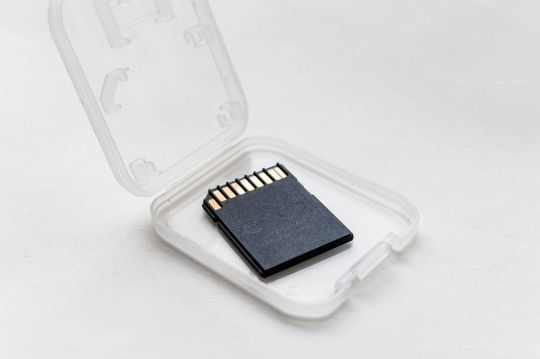
Take advantage of winterization to make the updates
" Nowadays ", explains the specialist " the updates of our electronic devices are more and more voluminous and are done by Internet. The winter season, with the devices at home, is the right time to make these updates via the wifi of your home. "All the more reason to winterize our equipment and keep it as up-to-date as possible.
Portable electronics
Portable electronic devices ( MOB, VHF .. ) are the easiest to winterize " Take them home with the charger. Clean them with a soft cloth to remove salt, dust and other dirt. If the portable VHF has a vibrating function that is used to dry the speaker, use it several times in a row to remove all moisture from the unit "explains Olivier.
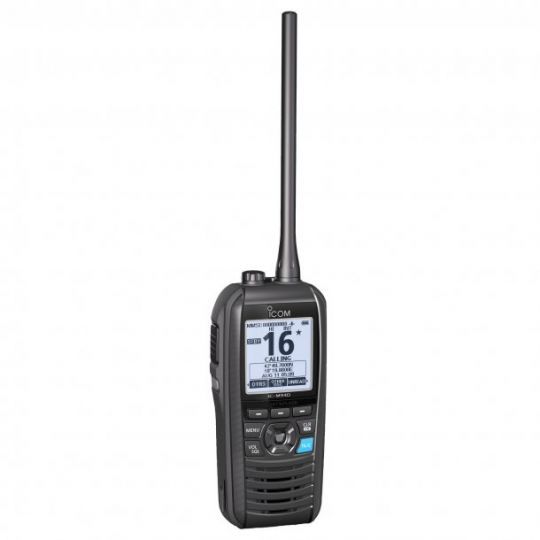
" Remember to bring the charger that is on the boat, on the one hand to protect it from humidity, on the other hand to keep a permanent charge of your batteries "he adds.
However, there is no permanent load: " It is necessary to charge, remove from the charger, possibly put on a little, then charge again, so that the battery remains exploited as in season. This keeps the whole unit, device, charger and battery in top shape! "Expert advice!
Between two refills, " Return the equipment to its original packaging, ideally with the moisture absorber that was originally provided. "
Did you misplace it or throw it away? " A medicine tube cap will do the trick to keep moisture out of a plastic bag or case! "
Fixed electronics
Fixed devices - which by definition cannot be removed from the boat - are not only in the cockpit. If it is easy to put a GPS, an AIS beacon or a VHF, it is their antennas, couplers... that you have to think about putting in the best conditions to spend the winter.
" Start by simply cleaning the equipment with soapy water. Equipment designed to be outside the boat is waterproof and can easily be rinsed with clear water. The objective here is to extract the maximum amount of salt that has been deposited throughout the season ".
Prudence, of course," continues Olivier No high pressure cleaner, waterproofing does not mean resistance to all tests! "
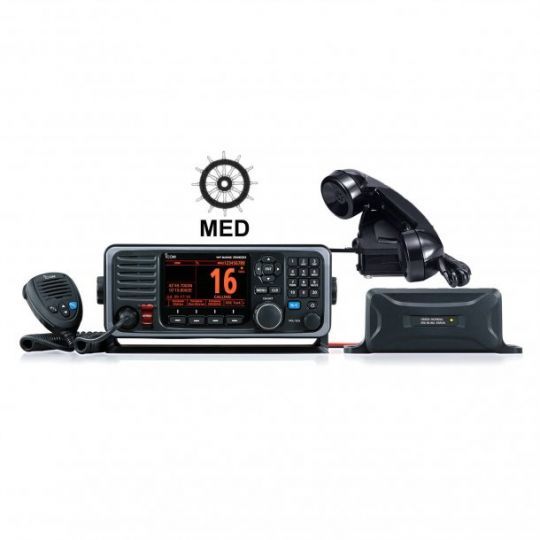
Olivier gives us some advice on how to best winterize... And plan for the next season: " Before unplugging, take pictures of the back of your devices and the cables connected to them. These will be used to reattach the right plug in the right place. Antenna connectors should be marked, for example with a colored label or better yet a number. And you will put this code on the picture you took and especially on the other end of the cable, on the aerial side. Thus, no doubt to test in March, the green wire on the green plug, the red wire, on the red plug! "
" The antennas are fragile and may not endure several months in a row bent and stressed "explains Olivier " Those who tarp their boat are well advised to tilt the antennas at the ball joint, for VHF or HF aerials. Radar domes, telecom or TV dishes as well as GPS antennas are designed to be outdoors, they do not require any special precautions. "
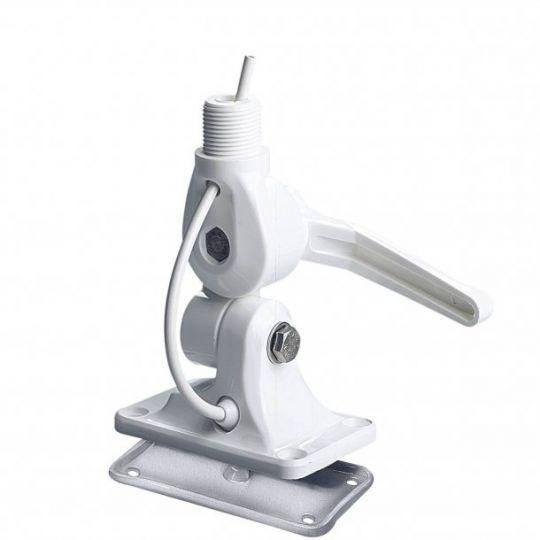
Protect the connectors
" If you can access the connector, spray some Hydrex-type moisture remover on it. For one thing, it lubricates the plug so you can plug it back in better, and for another, it will prevent moisture from settling on it during the winter!" recommends the expert.
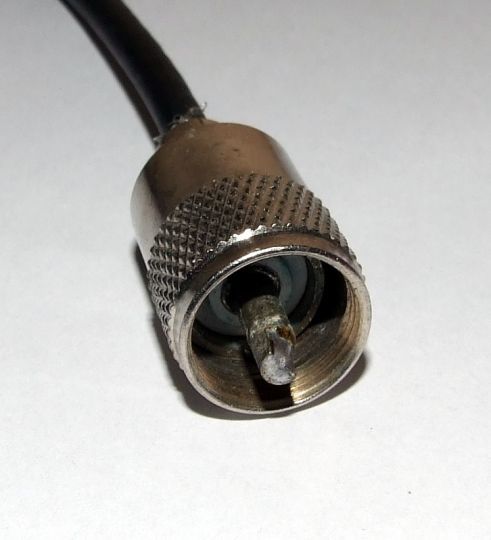
" Avoid trapping moisture in the air. Do not use closed packages, tape or, worse, plastic bags. It is better to have an unprotected plug than one that will spend several months in the humidity of a plastic bag! "he warns.
Beware of temperatures
When deciding whether or not an aircraft will remain on board, Olivier Carayon warns: " check the operating ranges of your equipment and the normal temperatures of the boat's winter storage area. If there is a risk of crossing one of the limits, remove the equipment concerned, it is safer! "
